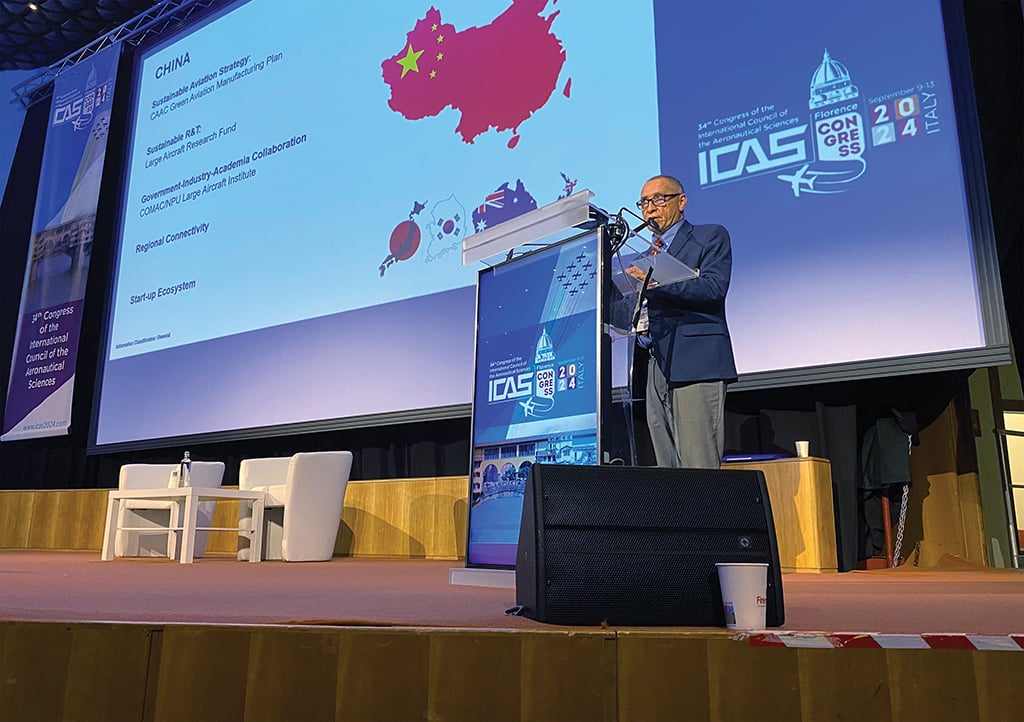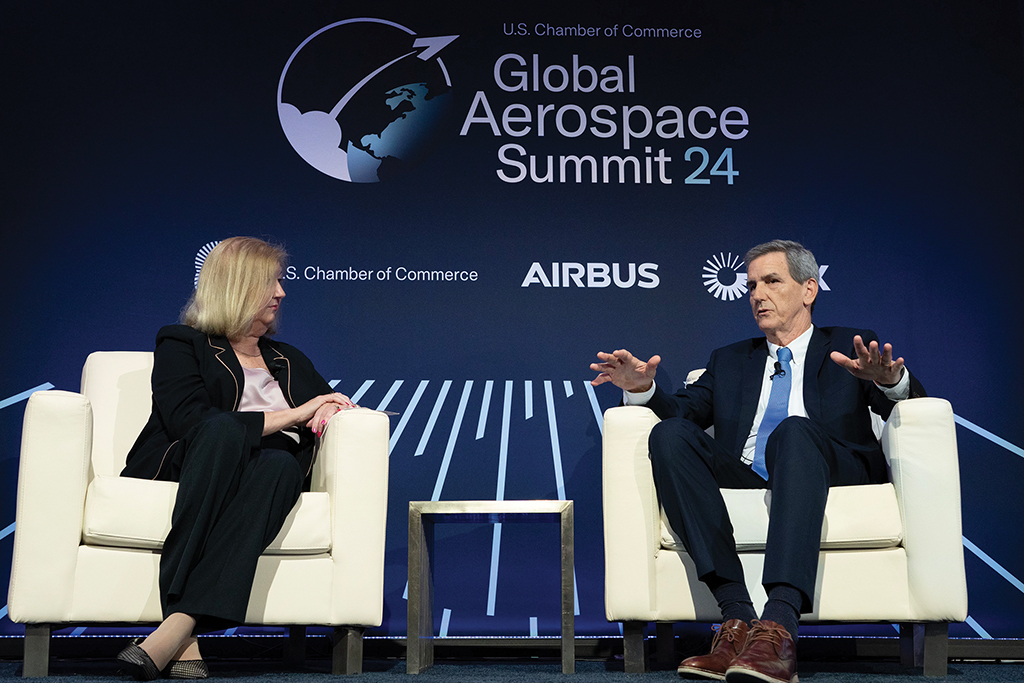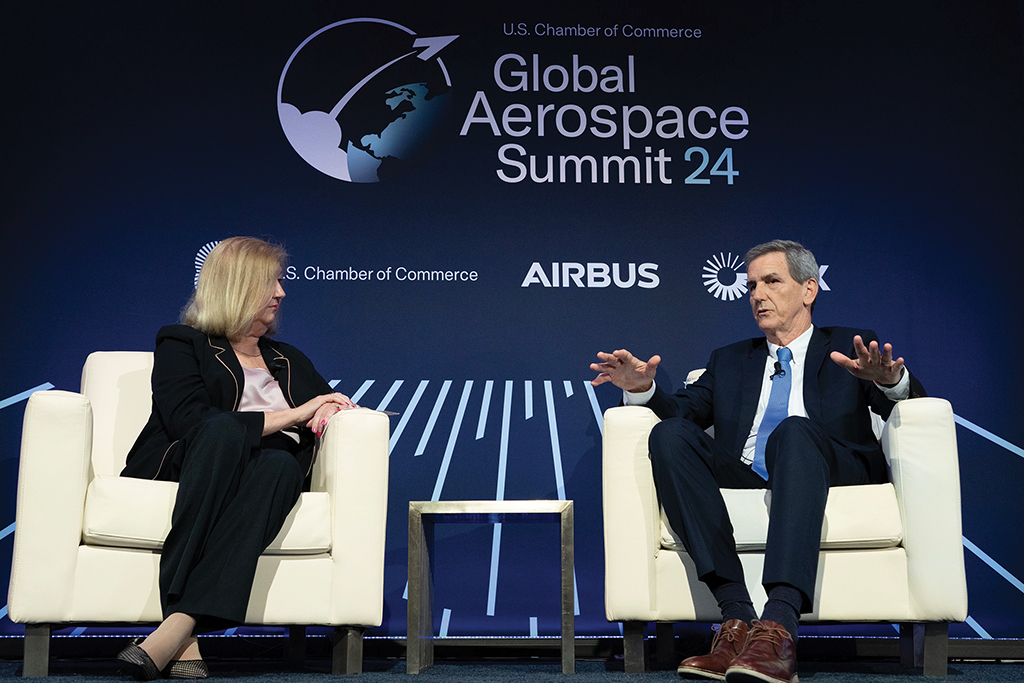Letters From Our Readers, Sept. 16, 2024
Skins and Snipers
Among the various upgrades discussed for the Lockheed Martin F-22 Raptor in “Raptor Reprieve” (July 29-Aug. 11), I was surprised that nothing was mentioned regarding increasing fleet availability by reducing flight costs. Probably the biggest move toward doing so would be to replace the radar-absorbent materials. It would be easiest to use the same materials as found on Lockheed’s F-35 Lightning II, although the new ceramic-based materials and/or mirror-like materials that have been spotted on some test aircraft would also work.
But if the Raptors will be outfitted with stealth pod-based infrared search and track systems, why not do the same with something like the Sniper ground targeting pod? I’m no expert, but at the very least it would seem pretty easy to just take the existing system and put it into a new stealthy pod to allow the Raptor to have greater ground pounding capability. My understanding is that the main reason Lockheed’s F-117 Nighthawk was deployed to the Middle East in 2016 was due to the Raptor’s lack of ability to engage moving targets. A pod like this would have made this unnecessary. Or better yet, make a podded version of the F-35’s electro-optical targeting system and distributed aperture system to allow targeting of both airborne and surface targets at the same time.
Other upgrades I would like to see implemented include: gallium-nitride-based radars such as the APG-85, F-35-style head-down displays (both for reduced maintenance costs and increased pilot capability), multidimensional fluidic thrust vectoring, a Northrop YF-23-style V-tail (to help lower maintenance costs and increase stealth and agility/maneuverability), F-35-style wingtip hardpoints to allow the stealthy external carriage of air-to-air missiles and quite possibly Chengdu J-20-style side weapon bay doors that open, extend the launch rail, close and then allow the missile to launch. Not to mention adding an open architecture system and separate mission and flight control computer systems to ease upgrades. If the Raptor is going to soldier on in light of the Next-Generation Air Dominance delays, some if not all of these upgrades will be needed.
Jacob Katz, Norfolk, Virginia
Spacesuit Standards
The misadventure of Boeing’s Starliner (“Coming Home Crewless,” Sept. 2-15) shows the importance of standardization in astronauts’ spacesuits, at the least. Having to await a second suit for a return to Earth in a SpaceX vessel is inconvenient at best. It will also leave no spare suit at the International Space Station (ISS).
In the future, spacesuits will need adapters pre-staged aboard the ISS so that suits may be used in alternate vehicles if necessary. SpaceX seems to have set the standard other allied space travelers must meet. As of now, that is the U.S., Russia and a distant China. That standardization should include docking ports. Until standards for all spacesuits and orbital stations are set, the situation remains needlessly perilous.
Peter J. Peirano, Ridgewood, New Jersey
Space Editor Irene Klotz replies:
Under the terms of NASA’s Commercial Crew Program partnership agreements, SpaceX and Boeing are responsible for designing, developing and operating the Crew Dragon and the CST-100 Starliner, respectively, including the pressure suits astronauts wear for launch and reentry.
Follow the Money
It is well past time for you to publish at least year-by-year the money that the Boeing C-suite has taken home since the move to Chicago. Including a breakdown for the CEO and chief financial officer would be revealing and instructive.
John C. Bauer, Manotick, Ontario
Corrections
“Taking Charge” (Sept. 2-15) should have identified the energy density of lithium iron phosphate batteries as 160 Wh/kg.
“MagniX Unveils Hybrid Testbed” (Sept. 2-15) should have identified the pack-level energy density of the MagniX Samson battery system as 300 Wh/kg.
Behind the Scenes

Aviation Week was invited to present an update on sustainability research and technology underway in China and the Asia-Pacific region at the 34th Congress of the International Council of the Aeronautical Sciences in Florence, Italy. Senior Editor Guy Norris (above) delivered the address on Sept. 9.

A fireside chat between Aviation Week Network’s Air Transport World Editor-in-Chief Karen Walker (at left above) and FAA Administrator Michael G. Whitaker kicked off the U.S. Chamber of Commerce’s 2024 Global Aerospace Summit on Sept. 10 in Washington. Whitaker assumed the FAA helm last October and is leading the agency through challenging times.